NVIDIA's GeForce 8800 (G80): GPUs Re-architected for DirectX 10
by Anand Lal Shimpi & Derek Wilson on November 8, 2006 6:01 PM EST- Posted in
- GPUs
The 8800 GTX and GTS
Today we expect to see availability of two cards based on NVIDIA's G80 GPU: the GeForce 8800 GTX and 8800 GTS. Priced at $599 and $449 respectively, the two cards, as usual, differ in clock speeds and processing power.

8800 GTX (top) vs. 7900 GTX (bottom)
The 8800 GTX gets the full G80 implementation of 128 stream processors and 64 texture fetch units. The stream processors are clocked at 1.35GHz with the rest of the GPU running at 575MHz. The GTX has six 64-bit memory controllers operating in tandem, connected to 768MB of GDDR3 memory running at 900MHz. GDDR4 is supported but will be introduced on a later card.
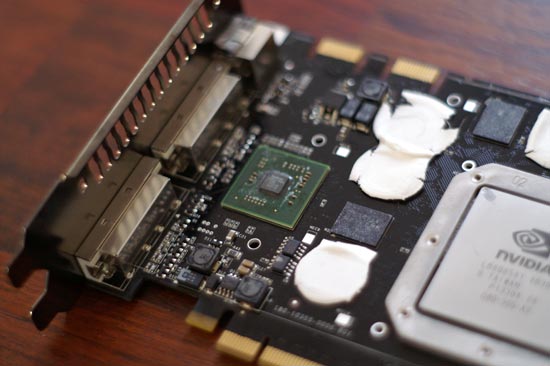
NVIO: Driving a pair of TMDS transmitters near you
You get two dual-link DVI ports driven by NVIDIA's new NVIO chip that handles TMDS and other currently unknown functions. Keeping a TMDS on-die is a very difficult thing to do, especially if you have logic operating at such high clock speeds within the GPU, so with G80 NVIDIA had to move the TMDS off-die and onto this separate chip. The NVIO chip also supports HDCP, but you do need the crypto ROM keys in order to have full HDCP support on the card. That final decision is up to the individual card manufacturers, although at this price point we hope they all choose to include HDCP support.
The 8800 GTX has two PCIe power connectors and two SLI connectors:
![]()
Two SLI connectors on the 8800 GTX
![]()
Bridges in action
The dual power connectors are necessary to avoid drawing more power from a single connector than the current ATX specification allows for. The dual SLI connectors are for future applications, such as daisy chaining three G80 based GPUs, much like ATI's latest CrossFire offerings.
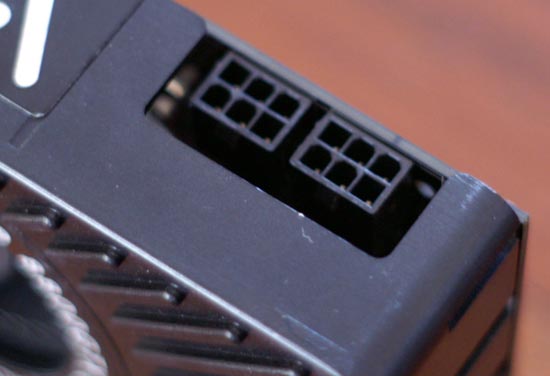
dual power connectors
The GeForce 8800 GTS loses 32 SPs bringing it down to 96 stream processors and 48 texture fetch units. The shader core runs at 1.2GHz, while the rest of the GTS runs at 500MHz. The GTS also has only five 64-bit memory controllers with 640MB of GDDR3 memory running at 800MHz.
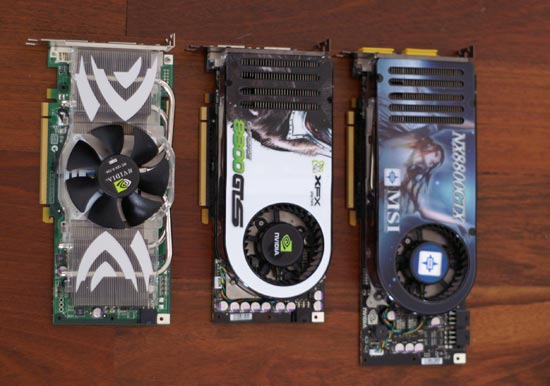
7900 GTX (left) 8800 GTS (middle) 8800 GTX (right)
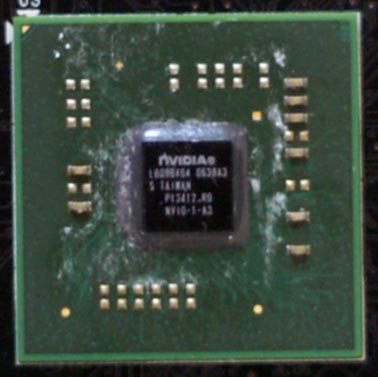
The 8800 GTS has the same NVIO chip as the 8800 GTX, but the board itself is a bit shorter and it only features one SLI connector and one PCIe power connector.
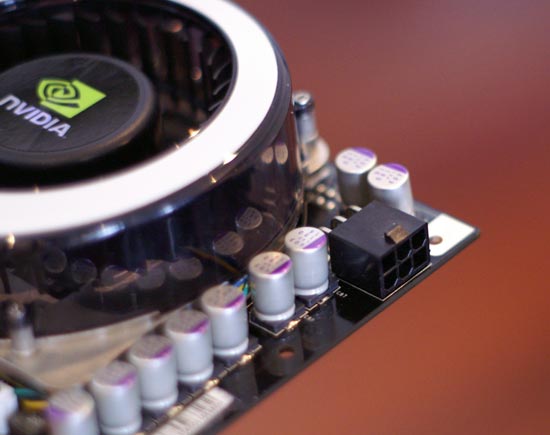
Only one power connector on an 8800 GTS
![]()
...and only one SLI connector
Both cards are extremely quiet during operation and are audibly indiscernible from a 7900 GTX.










111 Comments
View All Comments
JarredWalton - Wednesday, November 8, 2006 - link
The text is basically complete, and minor spelling issues aren't going to change the results. Obviously, proofing 29 pages of article content is going to take some time. We felt our readers would be a lot more interested in getting the content now rather than waiting even longer for me to proof everything. I know the vast majority of readers don't bother to comment on spelling and grammar issues, but my post was to avoid the comments section turning into a bunch of short posts complaining about errors that will be corrected shortly. :)Iger - Wednesday, November 8, 2006 - link
Pff, of course we would! If I would like to read a novel I would find a book! Results first - proofing later... if ever :) Thanks for the article!JarredWalton - Wednesday, November 8, 2006 - link
Did I say an hour? Okay, how about I just post here when I'm done reading/editing? :)JarredWalton - Wednesday, November 8, 2006 - link
Okay, I'm done proofing/editing. If you still see errors, feel free to complain. Like I said, though, try to keep them in this thread.--Jarred
LuxFestinus - Thursday, November 9, 2006 - link
Pg. 3 under <b>Unified Shaders</b>Should read as follows:
<i>Until now, building a GPU with unified shaders would not have <b>been</b> desirable, let alone practical, but Shader Model 4.0 lends itself well to this approach.</i>
Good try though.;)
shabby - Wednesday, November 8, 2006 - link
$600 for the gtx and $450 for the gts is pretty good seeing how much they crammed into the gpu, makes you wonder why the previous gen topped 650 bucks at times.dcalfine - Wednesday, November 8, 2006 - link
How does the 8800GTX compare to the 7950GX2? Not just in FPS, but also in performance/watt?dcalfine - Wednesday, November 8, 2006 - link
Ignore ^^^sorry
Hot card by the way!
neogodless - Wednesday, November 8, 2006 - link
I know you touched on this, but I assume that DirectX 10 is still not available for your testing platform, Windows XP Professional SP2, and additionally no games have been released for that platform. Is this correct? If so...Will DirectX 10 be made available for Windows XP?
Will you publish a new review once Vista, DirectX 10 and the new games are available?
Can we peak into the future at all now?
JarredWalton - Wednesday, November 8, 2006 - link
DX10 will be Vista only according to Microsoft. What that means according to some game developers is that DX10 support is going to be somewhat slow, and it's also going to be a major headache because for the next 3-4 years they will pretty much be required to have a DX9 rendering solution along with DX10.